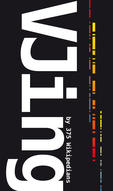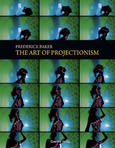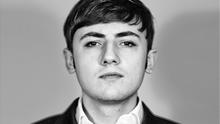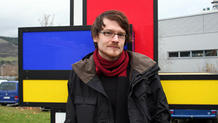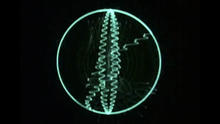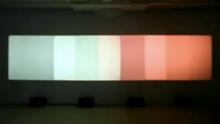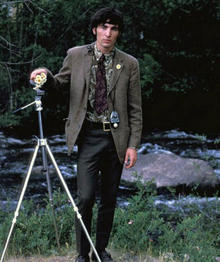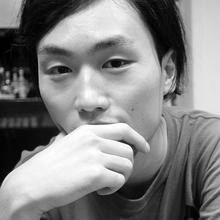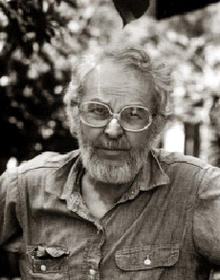RyeRye/ MIA: "Bang" Visuals
(2009)by David O'Reilly. Everything was done in a few days in preparation for M.I.A.'s Coachella concert. The visuals can be viewed with red/cyan glasses, the gun's distortion is in true 3d space.
"Here are some stage visuals I recently did for M.I.A. The deadline for this was extremely tight, everything was done in a few days in preparation for her Coachella gig last weekend.
You can view this with red/cyan glasses, the gun’s distortion is in true 3d space.
This is a composite of some of the other ones I did, more in line with M.I.A’s aesthetic. (unfortunately compression kind of kills the flat colors/strobe effects). Since these were rendered in extreme widescreen I compressed them both into one video. The left audio channel is for the song World Town and the right the final version of Bang. Listen to them separately with headphones."
Source: David O'Reilly's Website

